Floor and wall cracks signal a great deal of panic for home and building owners. However, here’s some good news that can ease the chaos. Floor cracks are usually normal depending on its size and severity. But, basement floor cracks are another story that will call for immediate attention and repair.
You may even wonder if concrete can actually crack given its strength and durability. It is also a widely used building material. However, geology has something to do with floor and concrete wall cracks. Take for example California. Since this state is geologically-active, it is not a wonder why floors and concrete walls crack.
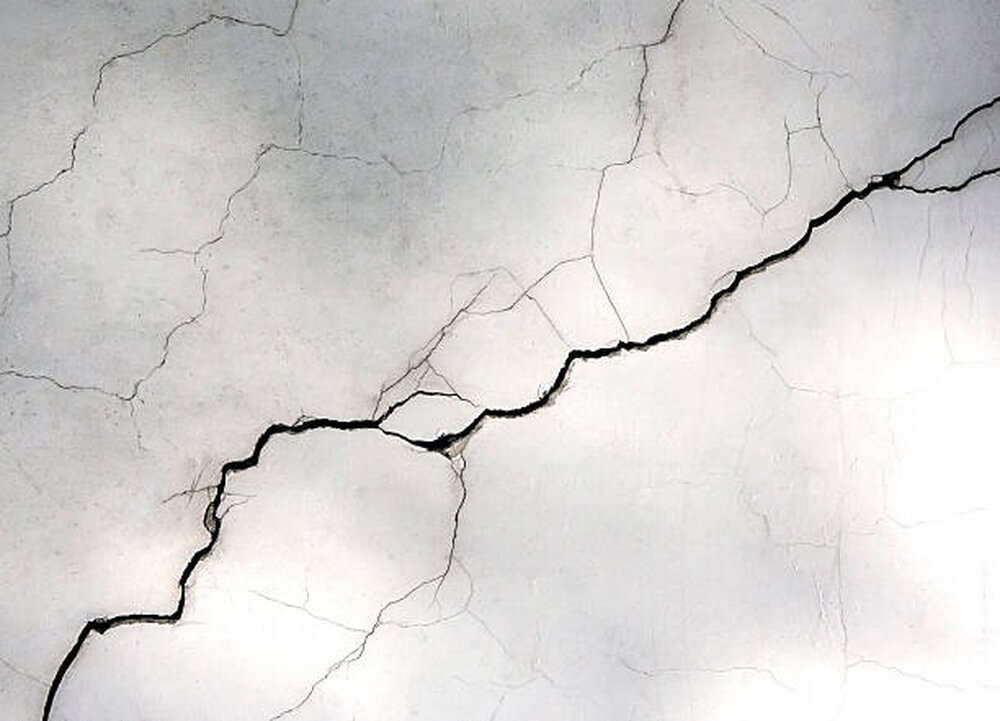
On the other hand, cracks on the walls can be visually examined. This will allow you to check the damage. Furthermore, this can also give you the idea on what options to take to repair cracks on the walls as well.
Here are 4 types of cracks on floors and walls. It is always best to know the different types of cracks so you can better understand why this is happening to your building structure.
1: Cracks with heaving
When a floor or wall cracks swell upward, this is cause for serious concern. Heaving may be caused the same way as cracks. However, cracks on the floors with heaves can mean that the soil underneath is expanding. If so, then your floors will be lifted off its base and can cause great damage to your structure. This case often happens in areas having clay soil. The best you can do is call for professional help before further damage and danger occurs.
2: Cracks that sink
Floors and wall cracks that are slowly becoming uneven must be repaired at once. This happens when a part of the less supported concrete sink. After that, surfaces can become uneven which can result in different hazards. Giving professionals a call for repairs is a wise decision. They are likely to use polyurethane mixture to lift, expand and make the concrete slab even again.
3: Hairline cracks on floors and walls
Even as this leaves an unpleasant sight, hairline cracks on floors and walls do not really need immediate attention. Hairline cracks or otherwise known as small cracks, results after concrete dries. These cracks can show up within a year or depending on how quickly the slab dries. The area’s temperature is also another thing to consider for the occurrence of hairline cracks.
4: 1/8-inch or wider cracks on floors and walls
These types of cracks are also similar to hairline cracks. However, this does not mean there is a serious problem in the foundation of a structure. Nevertheless, even small cracks on your floors and walls can allow water and moisture to enter. Thus, this will only make it wider and larger resulting in even more damage. That is why sealing these cracks must be done to keep water and moisture from seeping through concrete. A proper Moisture Control Systems can help to prevent the serious damages.
Concrete floor or wall cracks are inevitable and somewhat normal. This is because the ground beneath continuously shakes. Aside from this, too much water added to the concrete mixture during a building’s construction, can also be a factor. Another reason is shortened drying time for concrete floors or walls. This can really cause cracks to occur that can further lead to leaking and weakening of an entire building structure.
But don’t worry, this does not mean nothing can be done to solve this problem! After you have visually identified what’s going on with your floors and walls, you can head on to your next step of contacting for professional repair help. Various home and industrial solutions are possible from Extreme Epoxy Coatings. Your floor and wall cracks can be repaired without stains or compromising your structure.


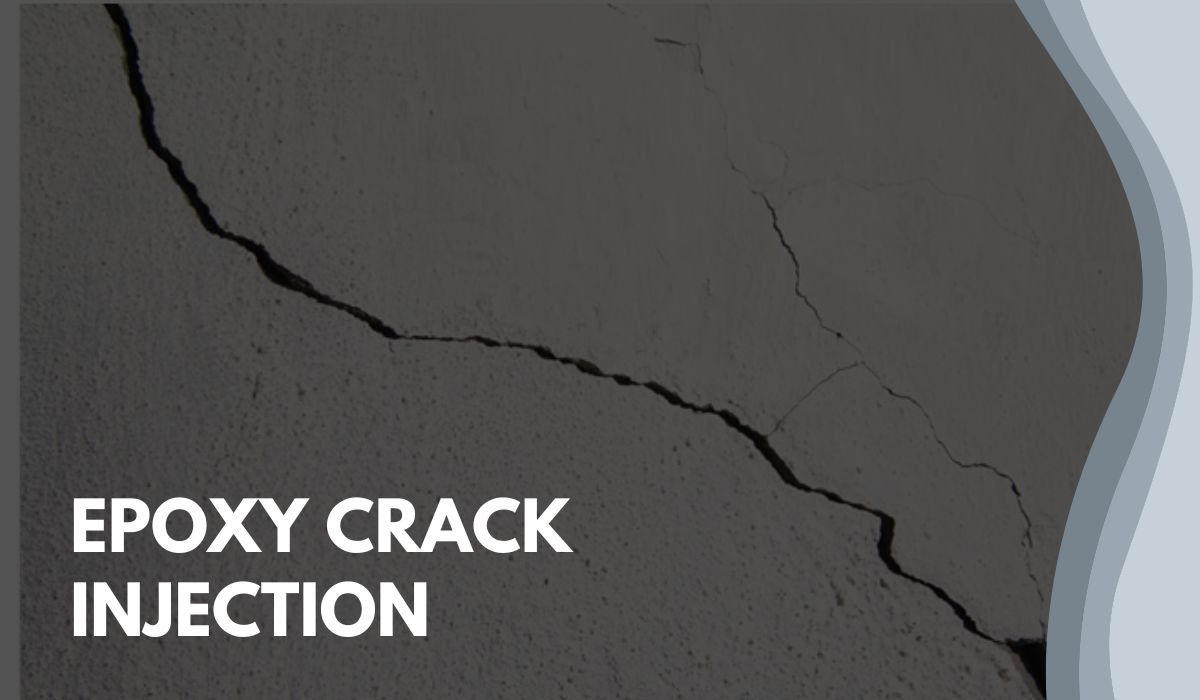
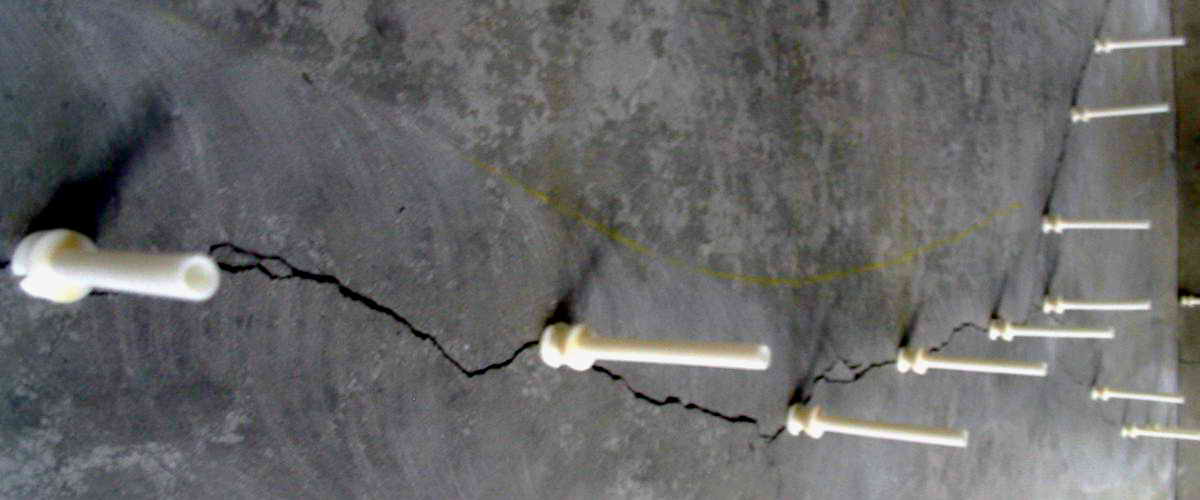

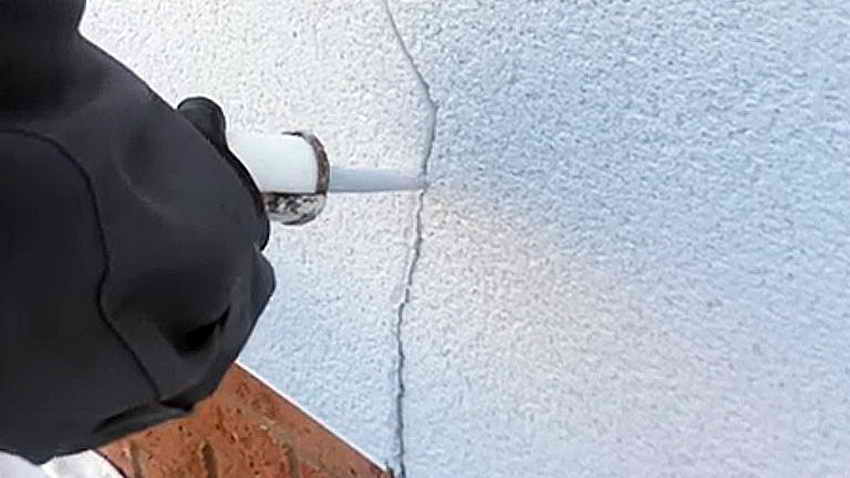
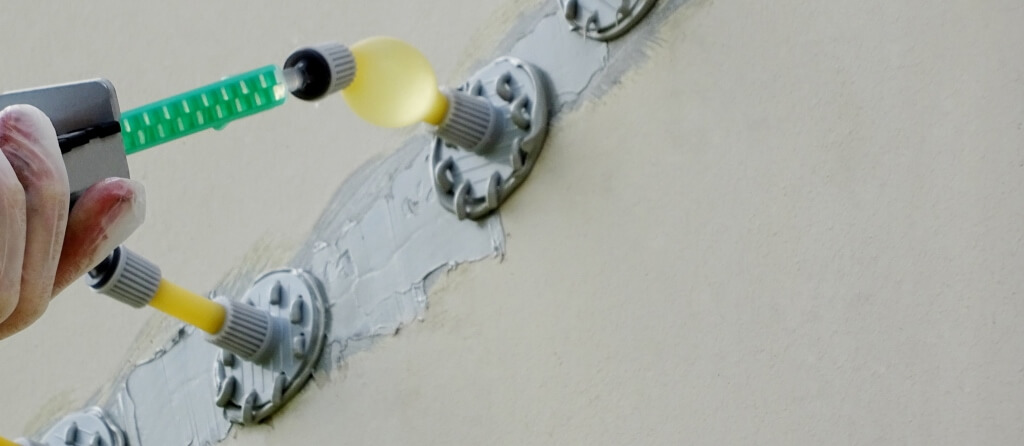
You got my attention when you said that calling a professional is a wise decision when you notice that floors and wall cracks are slowly becoming uneven. This is something that I will consider since the cracks on the flooring of our asphalt driveway have been getting worse. I want to find a crack filler that can maintain and restore our asphalt driveway.
it is never a wise decision to ignore the cracks. these little crack become big as the time goes by. Wise decision would be calling a professional and fix the crack as soon as possible. why taking risk when it can be easily fixed. This article describes different kind of cracks very nicely. thanks for sharing this article.